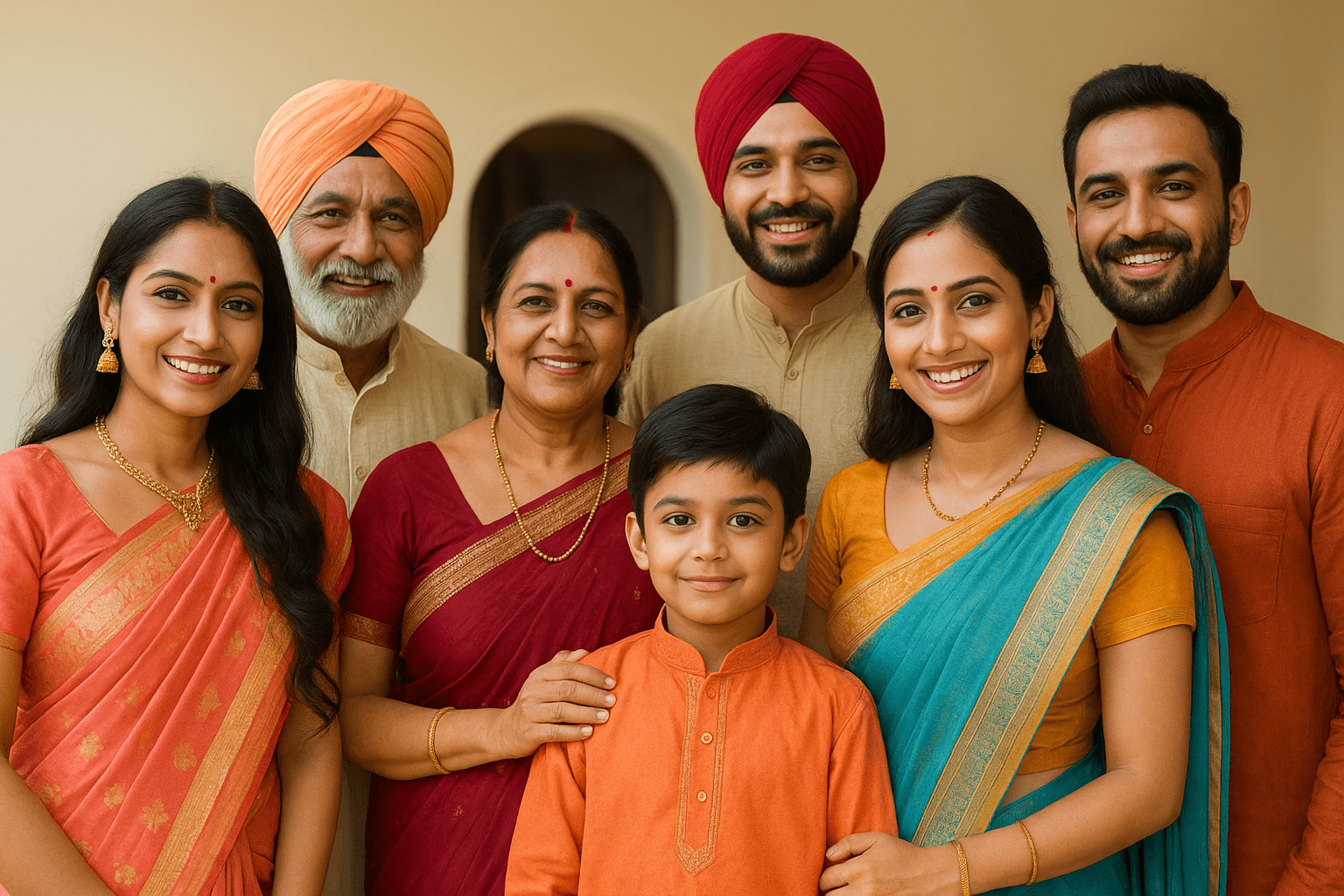
Sacred Vows and Sacred Beats: A Look into Traditional Tamil Hindu Weddings

Sacred Vows and Sacred Beats: A Look into Traditional Tamil Hindu Weddings
In the heart of South India, Tamil Hindu weddings unfold as vibrant spectacles steeped in ancient rituals, Carnatic music, and family blessings. These ceremonies are more than a union — they are spiritual journeys enriched by tradition and regional flair. Whether you’re a prospective bride, groom, or just love Indian culture, this deep dive into Tamil matrimonial customs will enchant you.
The Pre-Wedding Rituals: Where Union Begins
Preparation for a Tamil Hindu marriage begins days in advance, blending beauty with devotion.
- Naandi Shradham: A prayer for ancestral blessings, performed in both households with sacred water and food offerings.
- Nichayathartham (Engagement): An auspicious ceremony where families formalize the alliance, exchange gifts, and announce the wedding date.
- Sumangali Prarthanai: Rituals conducted to honor married women for their blessings — believed to bring prosperity to the bride-to-be.
- Panda Kaal Muhurtham: A ceremonial offering to prevent obstacles during the wedding.
Each ritual underlines community, family unity, and the sacred role of elders — themes carried into every stage of the ceremony. Discover similar practices in South Indian wedding rituals.
The Bridal Elegance: Kanjeevaram, Gold, and Jasmine
The Tamil bride is a vision of tradition and grace. Draped in silk Kanjeevaram sarees, her attire shimmers with temple-inspired designs and gold threadwork. Adornments include:
- Maang Tikka and Jhumkas (earrings), symbols of feminine beauty.
- Odiyaanam (waist belt) and Vanki (armlets) representing strength.
- A cascade of jasmine flowers woven into the hair, releasing a fresh, sacred aroma.
The groom complements her in a crisp veshti and silk angavastram, his forehead marked with vibhuti and kumkum. These traditional attires share themes with other cultures explored in our Tamil marriage attire archives.
Core Wedding Ceremonies: The Agni-Bound Promise
The wedding day is centered around the Kalyanam mandapam, often set inside or near a temple. Key rituals include:
- Kashi Yatra: A playful tradition where the groom pretends to renounce worldly life and is persuaded by the bride’s father to marry.
- Maalai Maatral: Vermilion-rose garlands are exchanged thrice, symbolizing acceptance and harmony.
- Oonjal Seva: The couple is seated on a swing, representing life’s ups and downs. They are fed milk and bananas as elders bless them.
- Mangalsutra Dharanam: The tying of the sacred thali around the bride’s neck accompanied by the beat of nadaswaram and mridangam.
- Saptapadi: The seven steps and vows made around the sacred fire, each carrying a blessing for married life.
Music plays a central role — live Carnatic performances and traditional beats give Tamil weddings their divine rhythm. Explore more on Indian wedding music customs.
Regional Variations: Tamil Nadu through Cultural Lenses
While core Tamil Brahmin rituals prevail in Chennai and Kumbakonam, different variations like Chettiar weddings include unique ceremonies such as the Oppari, a singing lament that celebrates ancestral women. Vanniyar and Mudaliyar weddings add local dance and folk drama, especially in rural towns.
In contrast, Tamil Muslim weddings include the nikah, followed by a feast that incorporates Tamil and Islamic cultural elements. Tamil Christians often hold weddings in churches with Tamil hymns alongside bridal white sarees — a blend of Western and native elegance. Discover these cross-heritage weddings in our post about Christian weddings in Tamil Nadu.
The Feast: Banana Leaves & Sweet Delights
No Tamil wedding is complete without a grand virundhu — a wedding feast served on gleaming banana leaves. Dishes are served in a particular order, reflecting ritual sanctity and harmony.
- Sambar, rasam, kootu, and a variety of poriyals for a wholesome balance.
- Appalams and vathal adding crunchy textures.
- Decadent sweet dishes like payasam (milk pudding) and laddu.
- A second round of sambar rice with ghee rice to end on a comforting note.
Guests sit in rows and are served with affection — a reminder of the Tamil virtue of hospitality (virunthombal). Read about similar culinary legacies in other traditional Indian wedding feasts.
A Celebration of Tradition and Togetherness
Tamil Hindu weddings are not simply ceremonies — they are symphonies of culture, values, and joy. Every chant, every flower, and every morsel served on a banana leaf plays a role in welcoming two lives into a shared journey. For those seeking a life rooted in faith, warmth, and vibrant tradition, this is where your story can begin. Find your perfect match today through our trusted Tamil Hindu groom profiles.
